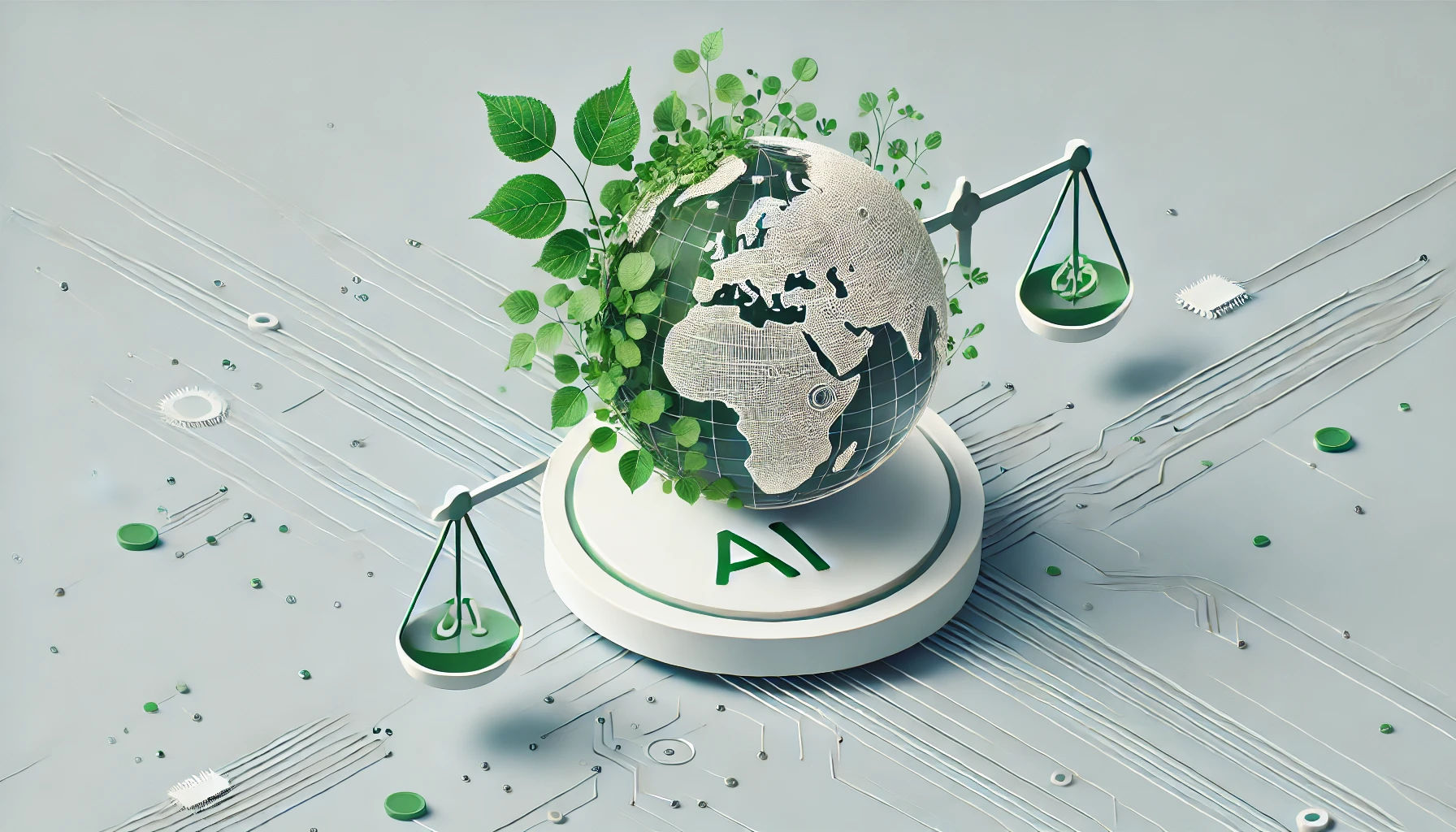Artificial Intelligence (AI) is transforming strategic foresight, particularly within platform-based solutions addressing environmental challenges. At 4strat, we aim to integrate AI into our FSC Foresight Strategy Cockpit to complement human expertise and enhance our foresight capabilities.
We recently reviewed the paper "AI-based Strategic Foresight for Environment Protection" by Rožanec et al. (2023). This work aligns with our mission to leverage AI in platform-based foresight to support sustainable decision-making. However, it's crucial to balance AI's potential benefits with awareness of its environmental impact.
Summary of the Paper
Rožanec et al. (2023) introduce the Environment Protection Foresighter, a system designed to enhance strategic foresight using AI. Key features include:
- Advanced Data Analysis: Leveraging AI to extract valuable insights from extensive environmental datasets, aiding in strategic planning.
- Semantic Enrichment: Incorporating semantic layers and knowledge graphs to deepen data understanding and interconnectivity.
- Expert Feedback Loop: Engaging human experts to refine AI-generated insights, improving foresight quality over time.
- Focus on Environmental SDGs: Targeting Sustainable Development Goals (SDGs) such as climate action, clean water, and affordable clean energy.
- Horizon Scanning: Identifying emerging trends and potential future scenarios via systematic analysis.
Implications for Platform-Based Foresight
The integration of AI into platform-based foresight tools like the FSC offers significant benefits:
- Enhanced Data Processing: AI enables the analysis of large and complex datasets more efficiently than traditional methods, providing timely insights crucial for environmental strategy development (Rožanec et al., 2023).
- Improved Pattern-Recognition Capabilities: Machine learning algorithms enhance pattern recognition and trend forecasting, leading to more accurate and reliable foresight.
- Augmented Human Expertise: AI serves as a force multiplier for experts, handling data-intensive tasks and allowing human intelligence to focus on interpretation and strategic decision-making.
- Focused Sustainability Efforts: By aligning AI capabilities with environmental SDGs, foresight platforms can deliver actionable insights that directly contribute to sustainability goals.
Environmental Impact of AI
Despite these advantages, it's important to acknowledge the environmental footprint of AI technologies. AI models, especially large-scale machine learning algorithms, consume significant amounts of energy, leading to increased carbon emissions. According to the United Nations Environment Programme (2022), the energy consumption of AI contributes to climate change, potentially offsetting some benefits in environmental protection.
For example:
- High Energy Consumption: Training a single AI model can emit as much carbon as five cars over their lifetimes (Strubell, Ganesh, & McCallum, 2019).
- Data Center Demands: The data centers powering AI require substantial cooling and energy resources, which can strain environmental sustainability efforts (UNEP, 2022).
- Resource-Intensive Hardware: Manufacturing AI hardware involves rare earth metals and minerals, contributing to environmental degradation (UNEP, 2022).
Moreover, Vinuesa et al. (2020) highlight that while AI has the potential to support 79% of the Sustainable Development Goals, it may inhibit 35% of them due to its environmental costs.
Balancing Benefits and Challenges
The integration of AI into platform-based foresight for environmental protection presents both significant opportunities and critical challenges. As Rožanec et al. (2023) illustrate, AI can enhance our ability to analyze complex environmental data, improve predictive modeling, and support the attainment of Sustainable Development Goals (SDGs). For instance, AI applications are being used to optimize energy consumption, predict natural disasters, and monitor biodiversity, all of which can contribute positively to environmental conservation efforts (World Economic Forum, 2024).
However, the environmental cost of AI technology cannot be overlooked. As we've seen earlier he substantial energy required to train and operate large AI models results in high carbon emissions, potentially offsetting the environmental benefits they aim to deliver (Strubell, Ganesh, & McCallum, 2019).
This paradox highlights a fragile balance: leveraging AI to combat environmental issues may inadvertently contribute to them. Awareness of this delicate equilibrium is essential. Stakeholders must consider not only how AI can solve environmental problems but also how to mitigate the technology's own environmental footprint.
References
- Rožanec, J. M., et al. (2023). AI-based Strategic Foresight for Environment Protection. Retrieved from Link to paper
- Strubell, E., Ganesh, A., & McCallum, A. (2019). Energy and Policy Considerations for Deep Learning in NLP. Proceedings of the 57th Annual Meeting of the Association for Computational Linguistics, 3645–3650. https://doi.org/10.18653/v1/P19-1355
- United Nations Environment Programme. (2022). AI has an environmental problem – here's what the world can do about it. Retrieved from https://www.unep.org/news-and-stories/story/ai-has-environmental-problem-heres-what-world-can-do-about
- Vinuesa, R., Azizpour, H., Leite, I., et al. (2020). The role of artificial intelligence in achieving the Sustainable Development Goals. Nature Communications, 11, 233. https://doi.org/10.1038/s41467-019-14108-y
- World Economic Forum. (2024). How AI can be a powerful tool in the fight against climate change. Retrieved from https://www.weforum.org/agenda/2024/02/ai-combat-climate-change/


